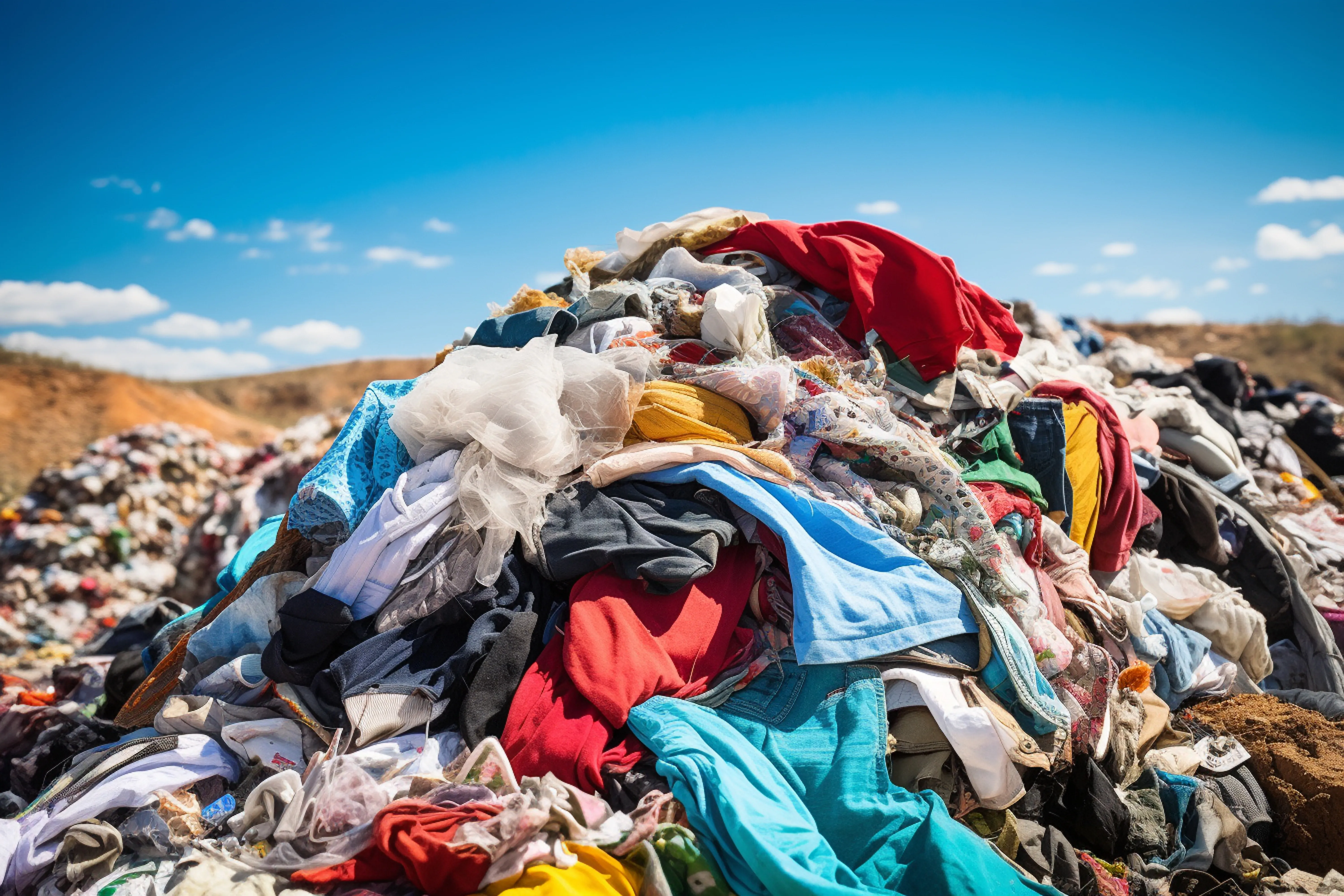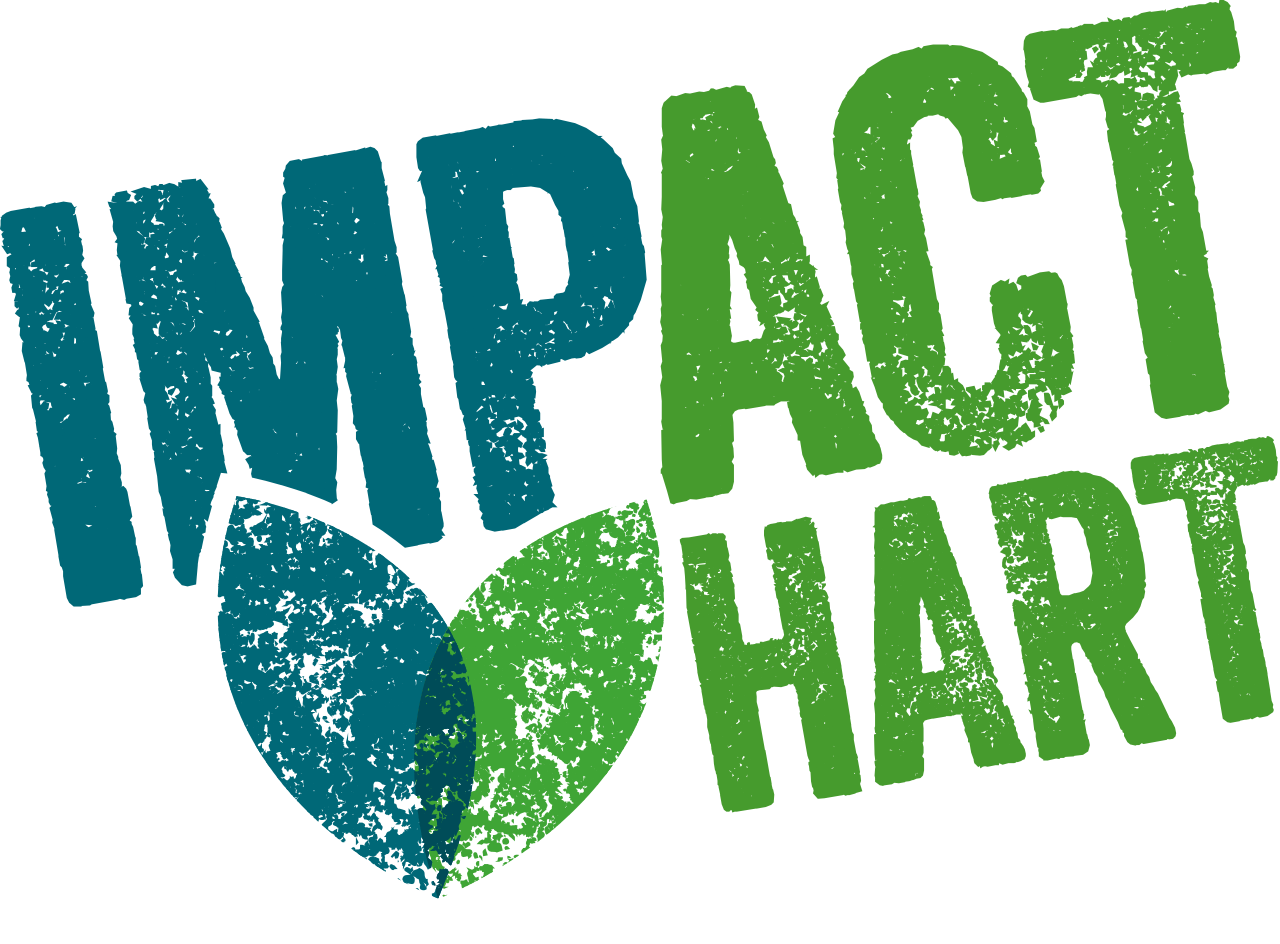
What's the price of fashion?
Looking good may be costing us the Earth.
We all like to look our best, but unfortunately most fashion is bad for the environment. The fashion industry is responsible for 8-10% of global emissions. And we buy fives times as many clothes in the UK now as we did in the 1980s.
Four ways to reduce your clothing carbon footprint
-
buy less – be honest, you don’t need ten pairs of jeans!
-
buy second hand – you’ll find some great bargains and extend their useful life
-
recycle – take old clothes to a charity shop or clothes bank
-
rent or borrow – there’s a lot to choose from, even wedding dresses!

Clothes do so much more than keep us warm, dry and safe from the Sun’s rays.
They express our personality or identity. They mark us out as part of a group or tribe. They show how much money we are willing to spend to look fashionable.
But the environmental impact of many clothes is off the scale.
It takes about 2,700 litres of water to make just one t-shirt!
Clothing came fourth in a list of everyday purchases that most damage the environment, in a study published by the European Union.
The environmental impact begins with the raw materials:
-
growers use pesticides on a large scale to grow crops such as cotton
-
spinning, weaving and dyeing use enormous amounts of water and chemicals
-
manufacturing, warehousing and transportation account for even more environmental impact before anyone buys the clothes
The huge number of clothes we buy, the short time we keep them, and what we do when we don’t want them anymore, is a sustainability nightmare.
Less than half of clothes are reused or recycled when we're done with them.
They're more likely to end up in landfill than in a charity shop.
And we even generate carbon emissions when we clean and iron our clothes.
All of this adds up to a massive carbon impact.
By the way, you might think natural fibres like cotton and wool are better for the environment. It’s true they don’t degrade into microplastics, but producing them has a high carbon footprint. So if you’re buying clothes made of natural products, make sure you get plenty of wear out of them!
Research showed that textile use per person in the European Union in 2020 on average required:
-
400m2 of land, enough for two singles tennis courts
-
9,000 litres of water, about what every individual in the UK uses in two months
-
391kg of raw materials, about five times the average weight of a man in the UK
-
with a total carbon footprint of about 270kg
Next section: The way you travel


